10 Weird Dog Breeds and Their Fascinating Traits
When it comes to dogs, most people are familiar with popular breeds like Labradors, German Shepherds, and Golden Retrievers. But did you know there’s a whole world of weird and wonderful dog breeds out there? These unique canines often fly under the radar, but they’re just as lovable and sometimes even more fascinating than their mainstream counterparts. In this blog post, we’ll explore 10 weird dog breeds that are sure to capture your heart and spark your curiosity.
What Makes These 10 Dog Breeds So Unique?
What makes these 10 dog breeds so unique is a combination of distinct appearances, quirky behaviors, and specialized traits that set them apart from more common breeds. Some dogs may have unusual physical features, like the hairless skin of the Xoloitzcuintli or the wrinkled face of the Shar Pei, while others boast extraordinary coat patterns or colors, such as the Dalmatian’s iconic spots. Beyond looks, many of these breeds have fascinating behaviors or instincts shaped by their historical roles whether it’s the Hound-like tracking abilities of the Norwegian Lundehund or the protective instincts of the Tibetan Mastiff. Each breed carries a story that reflects both its origins and the environments where it evolved.
In addition to their appearances and behaviors, these breeds often have unique personalities and temperaments that make them stand out as companions. Some may be fiercely loyal, others exceptionally intelligent, and a few delightfully eccentric, providing endless amusement and affection to their owners. Their rarity and unusual traits also make them highly sought after by enthusiasts who appreciate dogs that break the mold. By exploring these 10 weird dog breeds, pet lovers gain a deeper understanding of how diverse and fascinating the canine world truly is, revealing that every dog, no matter how odd, has its own charm and purpose.
1. Xoloitzcuintli (Mexican Hairless Dog)
The Xoloitzcuintli, or Xolo for short, is one of the oldest and most unusual dog breeds in the world. Known for its hairless appearance, this breed has a rich history dating back to ancient Aztec and Mayan civilizations.
- Unique Trait: Hairless body (though some have a short coat).
- Temperament: Calm, loyal, and highly intelligent.
- Fun Fact: Xolos were believed to have healing powers and were often used as bed warmers.
2. Bergamasco Shepherd
The Bergamasco Shepherd is a shaggy herding dog that looks like it’s wearing a coat of dreadlocks. This breed’s unique fur is not just for show, it protects them from harsh weather conditions.
- Unique Trait: Thick, matted fur that forms natural “flocks.”
- Temperament: Patient, observant, and great with families.
- Fun Fact: Their coat requires minimal grooming because the mats are self-maintaining.
3. Puli
The Puli is another breed with a corded coat, resembling a living mop. Originally bred for herding sheep, this Hungarian breed is as hardworking as it is quirky.
- Unique Trait: Long, corded fur that can drag on the ground.
- Temperament: Energetic, playful, and highly trainable.
- Fun Fact: Pulis are known for their incredible jumping ability and agility.
4. Bedlington Terrier
With its lamb-like appearance, the Bedlington Terrier is one of the most unusual-looking dog breeds. Despite its soft, curly coat, this breed is a fierce and athletic hunter.
- Unique Trait: Resembles a lamb with its pear-shaped head and curly fur.
- Temperament: Gentle at home but bold and spirited outdoors.
- Fun Fact: Bedlingtons were originally bred to hunt vermin in mines.
5. Chinese Crested Dog
The Chinese Crested Dog is a small, elegant breed that comes in two varieties: hairless and powderpuff. The hairless version is particularly striking, with smooth skin and tufts of fur on its head, tail, and feet.
- Unique Trait: Hairless body with soft, silky fur on specific areas.
- Temperament: Affectionate, playful, and great with kids.
- Fun Fact: Despite their delicate appearance, Chinese Cresteds are surprisingly hardy and adaptable.
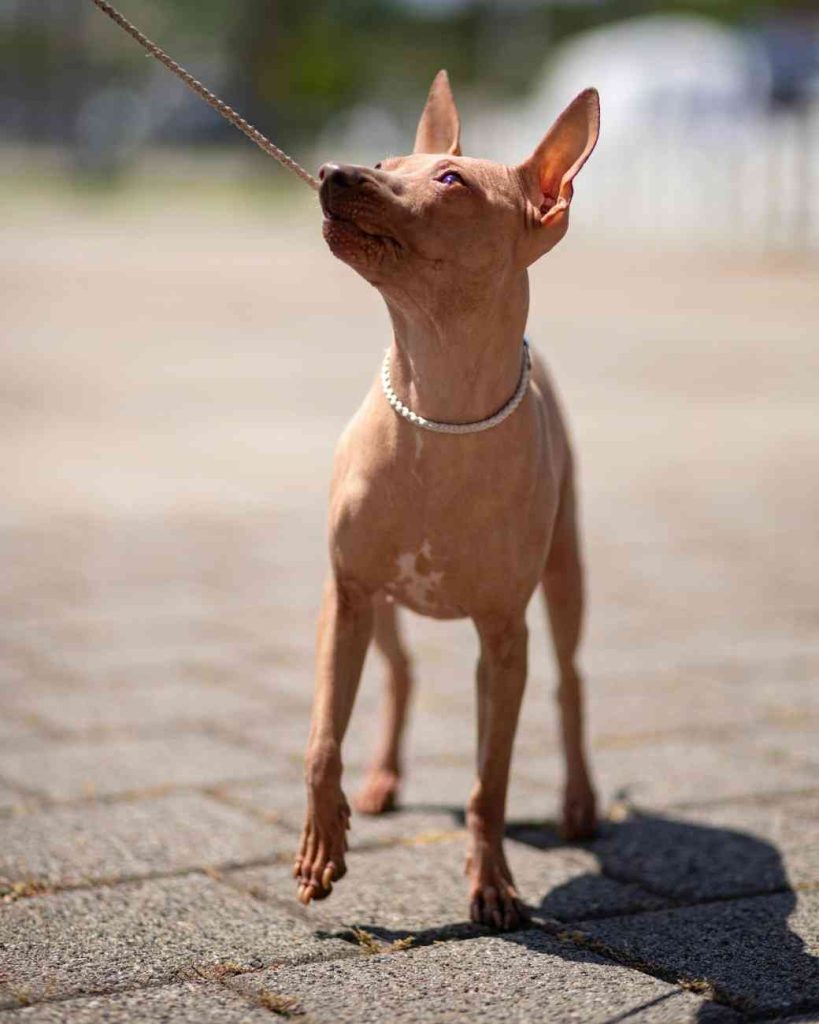
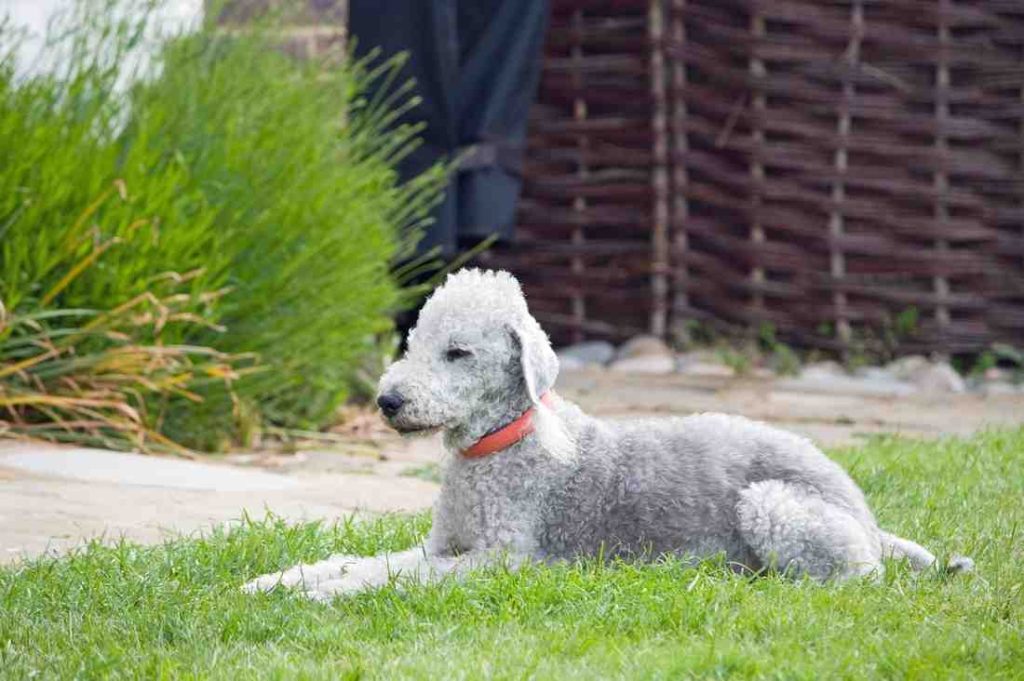

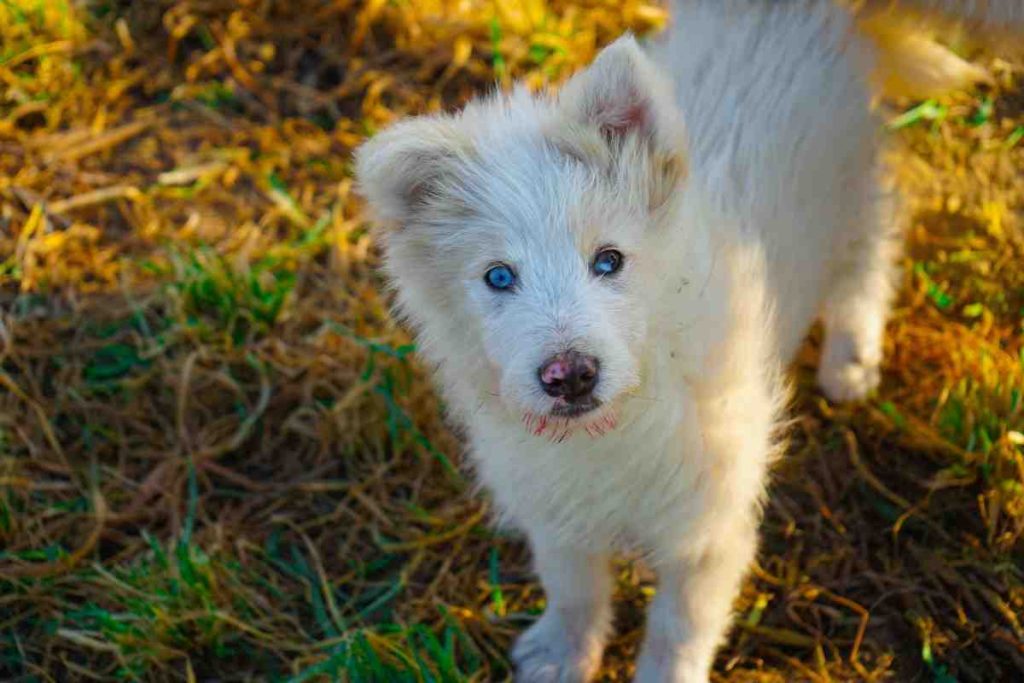
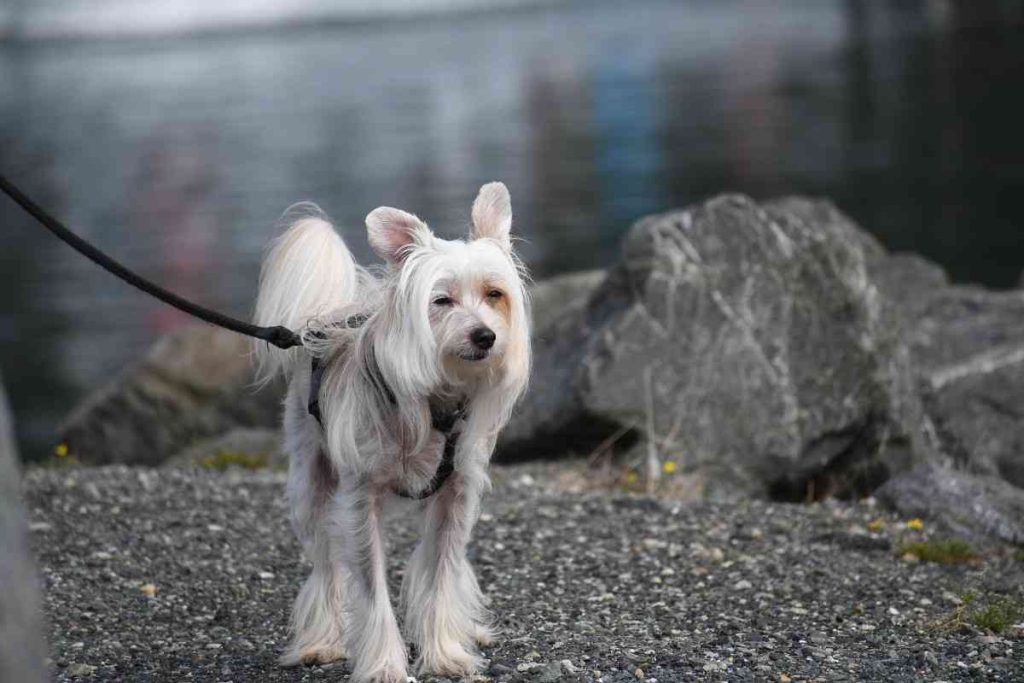
6. Borzoi
The Borzoi, also known as the Russian Wolfhound, is a tall, slender sighthound with a regal presence. Known for their grace and speed, these dogs were originally bred for hunting wolves.
- Unique Trait: Long, narrow snout and silky, flowing coat.
- Temperament: Calm, dignified, and independent.
- Fun Fact: Borzois can reach speeds of up to 40 miles per hour!
7. Neapolitan Mastiff
The Neapolitan Mastiff is a massive, wrinkled breed that looks like it stepped out of a medieval painting. Known for their protective nature, these dogs are both imposing and affectionate.
- Unique Trait: Loose, wrinkled skin and a droopy face.
- Temperament: Loyal, protective, and gentle with family.
- Fun Fact: Their wrinkles served a practical purpose, they made it harder for predators to grab them during fights.
8. Löwchen (Little Lion Dog)
The Löwchen, or “Little Lion Dog,” is a small breed with a big personality. Named for its traditional lion-like haircut, this breed has been a favorite of European nobility for centuries.
- Unique Trait: Lion-like mane and tufted tail.
- Temperament: Friendly, outgoing, and highly social.
- Fun Fact: The Löwchen was once one of the rarest dog breeds in the world.
9. Azawakh
The Azawakh is a lean, elegant sighthound from West Africa. Known for their incredible speed and endurance, these dogs are as unique as they are beautiful.
- Unique Trait: Slim, athletic build with a short, fine coat.
- Temperament: Reserved with strangers but deeply loyal to their family.
- Fun Fact: Azawakhs were traditionally used by nomadic tribes for hunting and protection.
10. Thai Ridgeback
The Thai Ridgeback is a rare breed known for the distinctive ridge of hair along its back that grows in the opposite direction of the rest of its coat. This breed is highly valued in its native Thailand for its versatility and loyalty.
- Unique Trait: Ridge of backward-growing fur along the spine.
- Temperament: Independent, intelligent, and protective.
- Fun Fact: Thai Ridgebacks are one of only three breeds with a ridgeback trait (the others are the Rhodesian Ridgeback and the Phu Quoc Ridgeback).
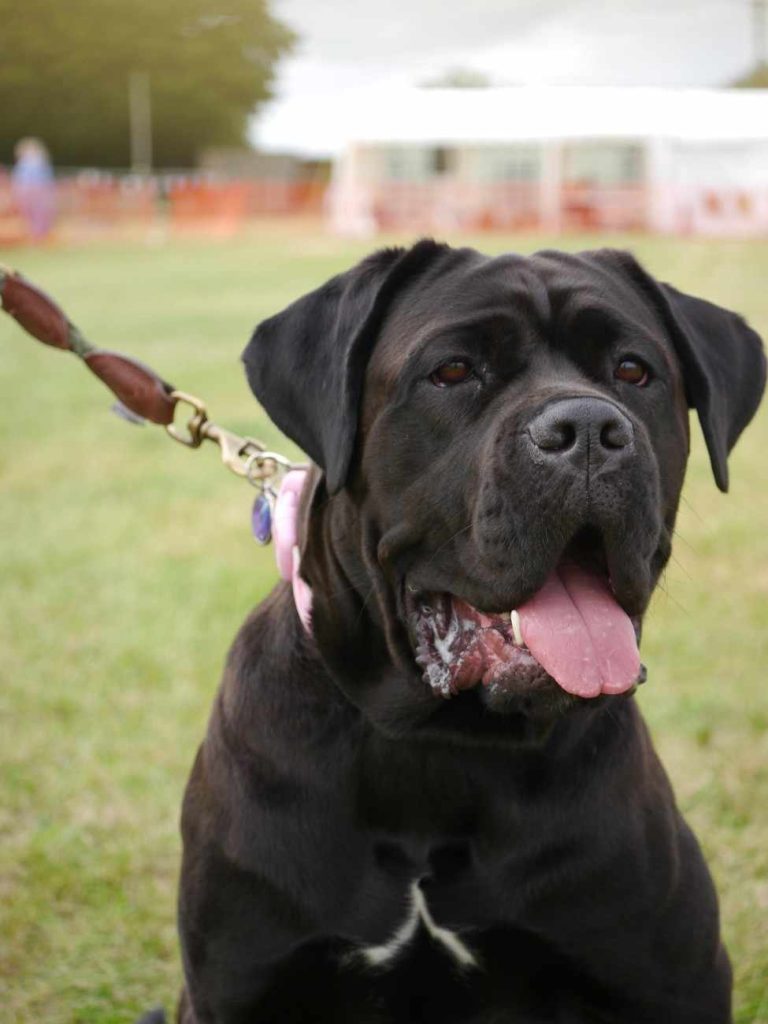
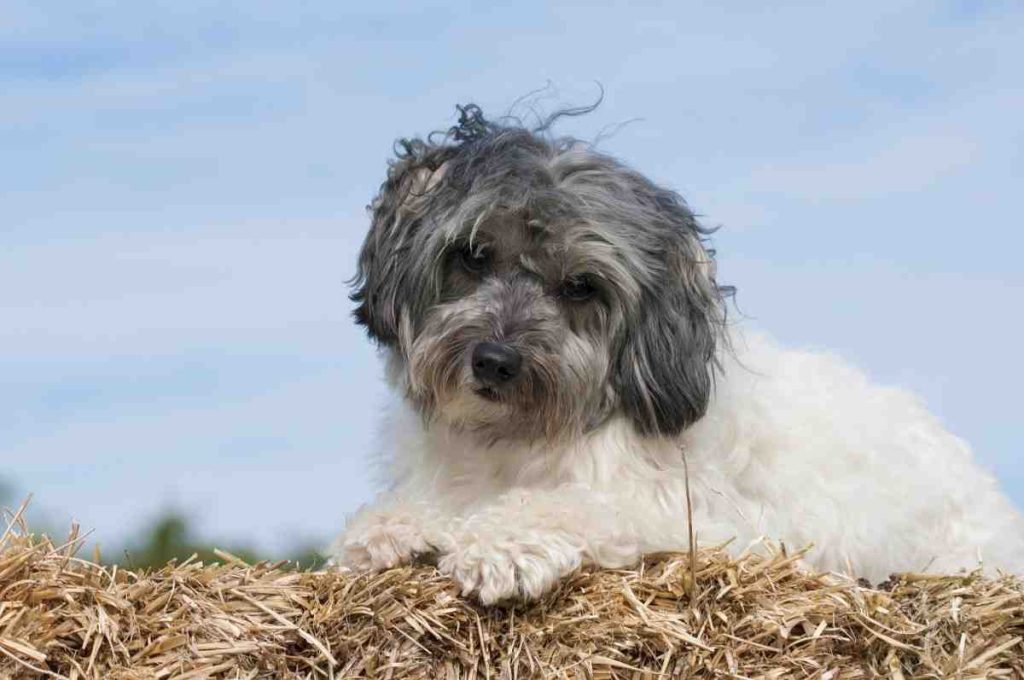

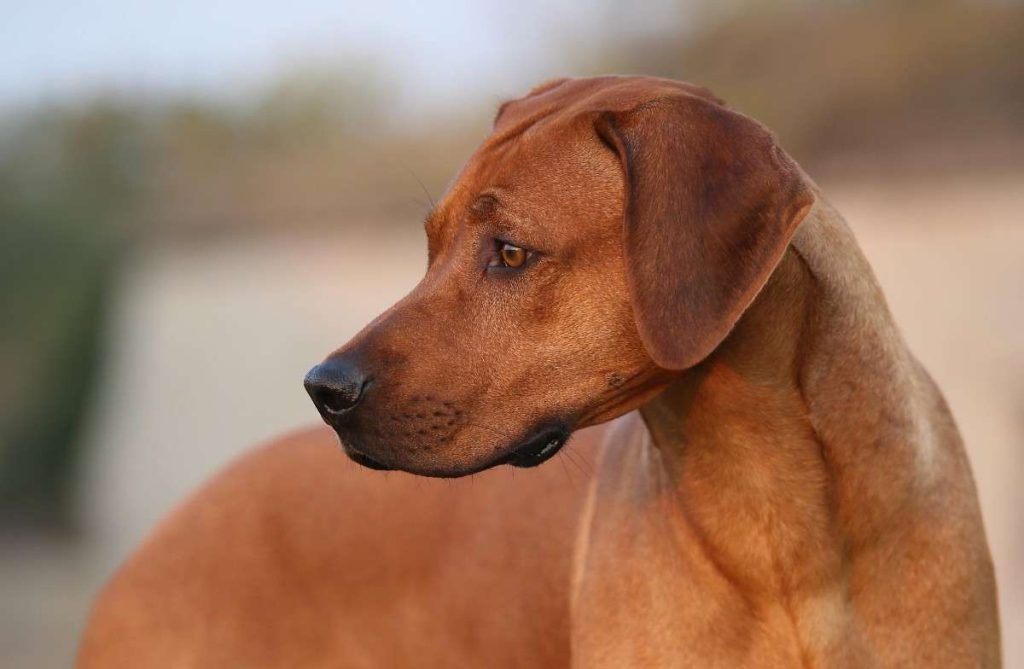
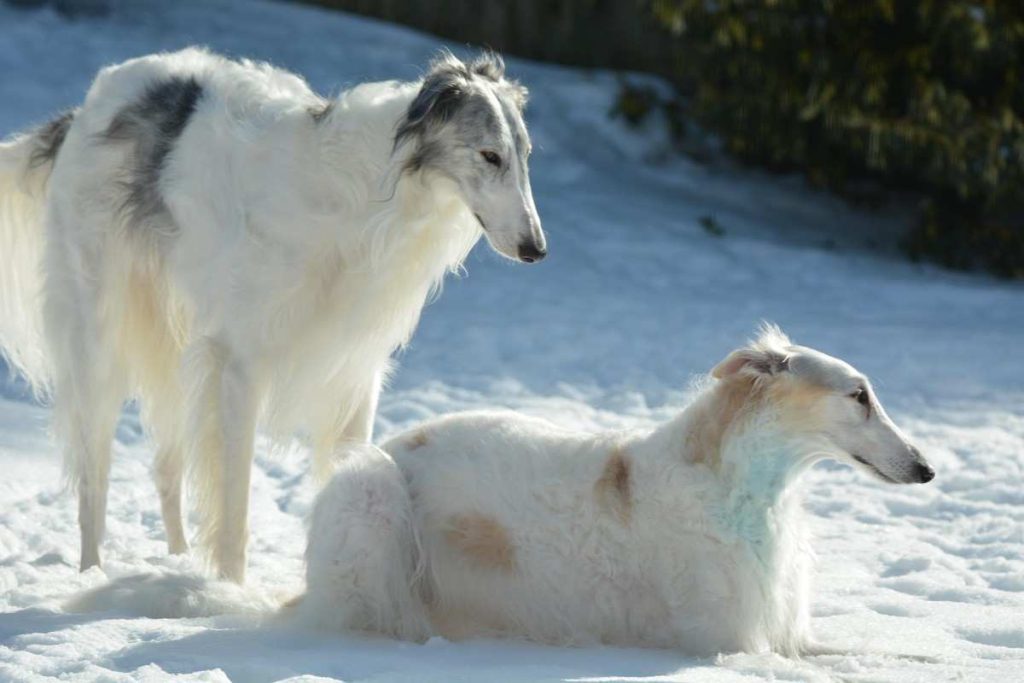
Why Weird Dog Breeds Are Worth Celebrating
While these 10 weird dog breeds may not be as well-known as others, they each bring something special to the table. Whether it’s their unique appearance, fascinating history, or quirky personalities, weird dog breeds remind us that there’s no one-size-fits-all when it comes to canine companions.
Final Thoughts
These 10 Weird dog breeds may not be as mainstream as others, but they’re just as lovable and often even more fascinating. From the hairless Xoloitzcuintli to the dreadlocked Bergamasco Shepherd, these unique canines prove that there’s a dog for everyone, no matter how unusual their looks or traits. So, the next time you’re looking for a furry friend, why not consider one of these extraordinary breeds? You might just find your perfect match in the most unexpected place!
Frequently Asked Questions (FAQs)
Q1: What are some of the weirdest dog breeds in the world?
A1: Some of the weirdest dog breeds include the Xoloitzcuintli, Shar Pei, Norwegian Lundehund, Bedlington Terrier, Chinese Crested, Tibetan Mastiff, Puli, Affenpinscher, Mexican Hairless Dog, and Bergamasco.
Q2: Why are these dog breeds considered weird?
A2: They are considered weird due to unusual physical traits, quirky behaviors, rare coat types, or distinctive personalities that differ from more common breeds.
Q3: Are weird dog breeds good pets?
A3: Many are excellent pets, but suitability depends on the breed’s temperament, energy level, and care requirements. Some may need specialized care or more attention.
Q4: Do weird dog breeds have health issues?
A4: Some do. For example, hairless breeds may have sensitive skin, flat-faced dogs can have breathing problems, and some rare breeds are prone to genetic conditions. Regular vet checkups are essential.
Q5: Are these breeds rare and hard to find?
A5: Yes. Many weird dog breeds are rare, sometimes only found in specific countries or regions, which can make them more expensive and less accessible.
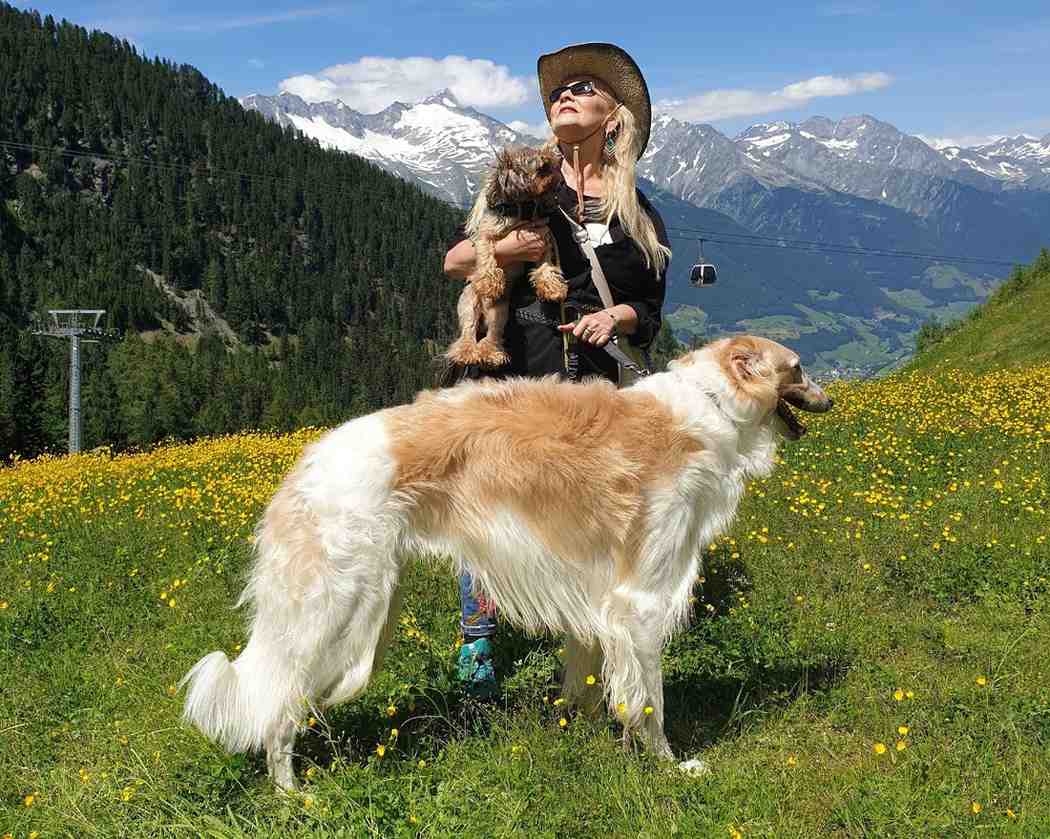
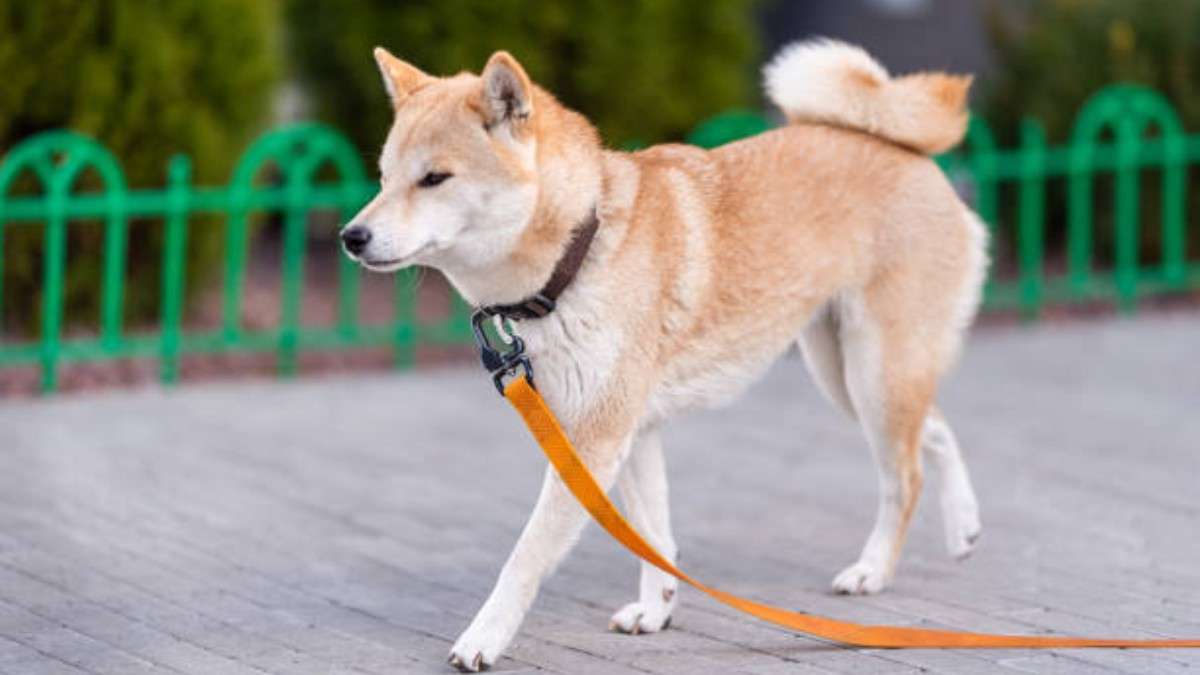


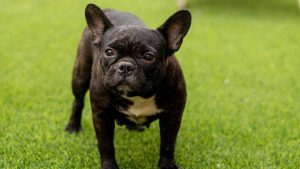
Post Comment